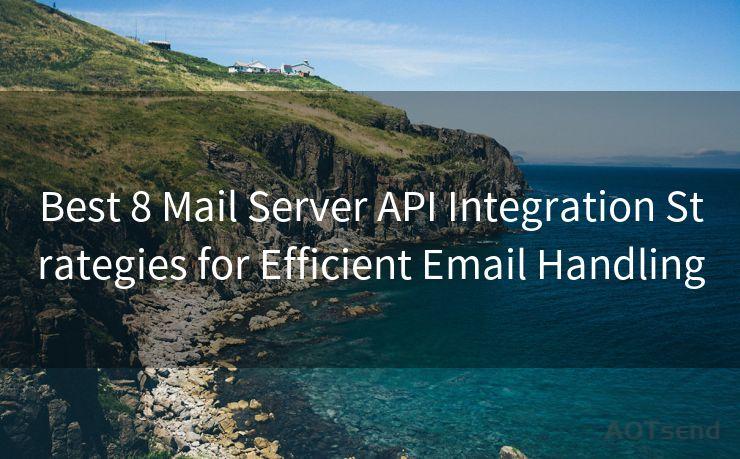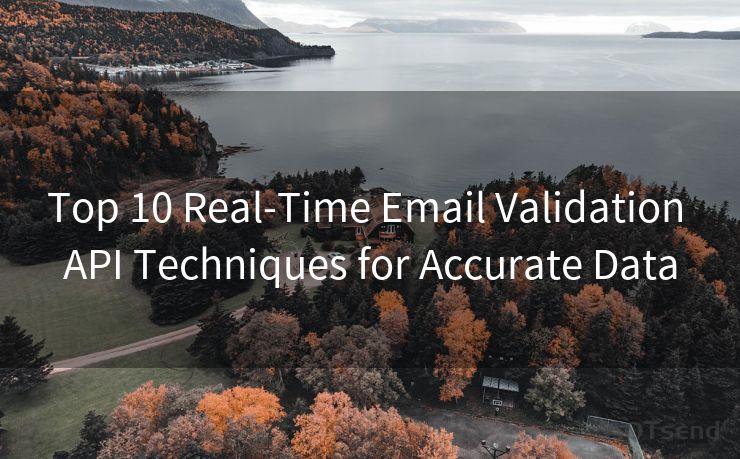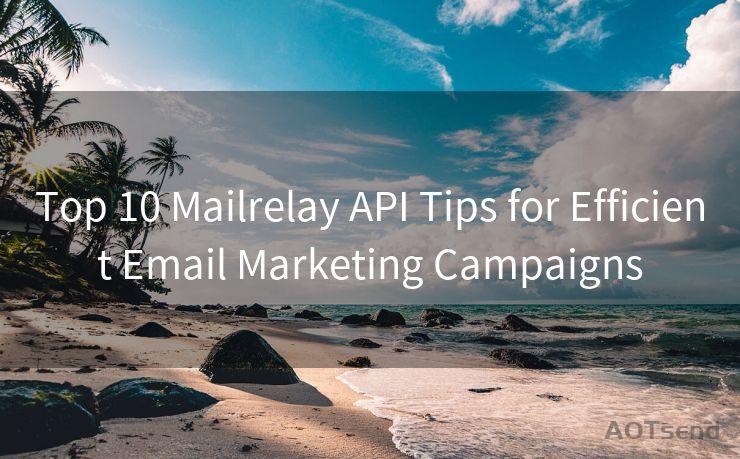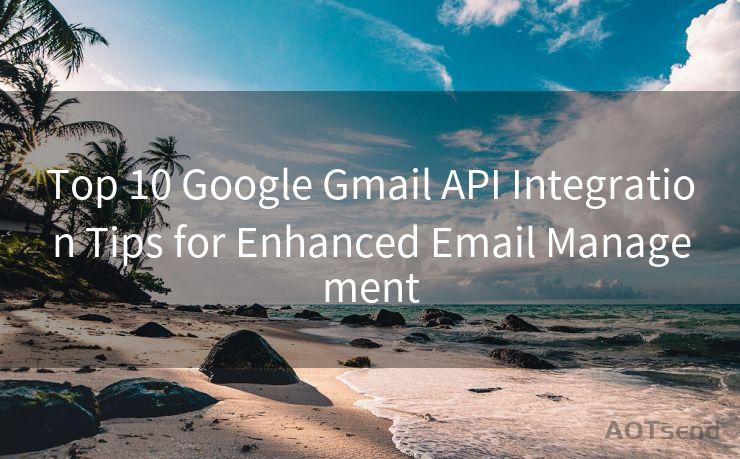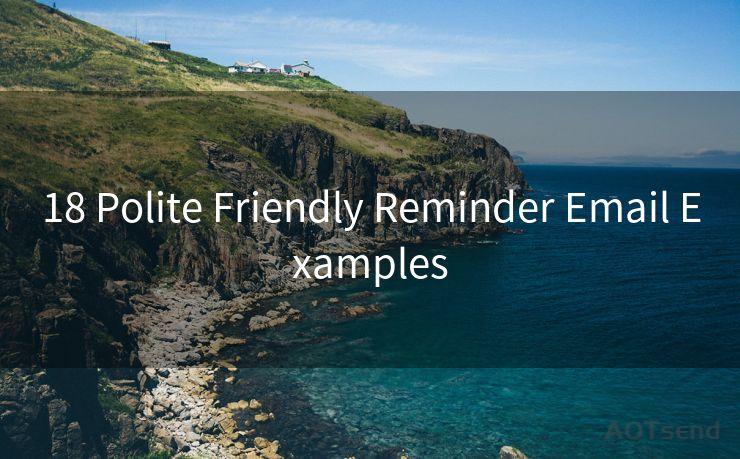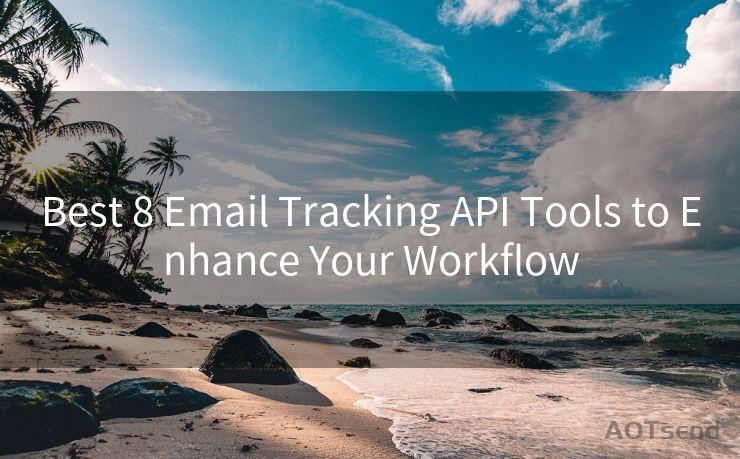16 Node-RED Email Notification Best Practices
Hello everyone, I’m Kent, the website admin. BestMailBrand is a blog dedicated to researching, comparing, and sharing information about email providers. Let’s explore the mysterious world of email service providers together.




Introduction
In the world of automation and IoT projects, Node-RED has become a popular choice for its flexibility and ease of use. One of the most common use cases for Node-RED is sending email notifications. However, to ensure these notifications are effective and don't become a nuisance, it's essential to follow best practices. Here are 16 best practices for setting up Node-RED email notifications.
1. Clear and Concise Subject Lines
The subject line of your email notification should clearly indicate its purpose. Avoid vague or misleading subjects that might confuse recipients.
2. Relevant Content
Ensure that the email body contains relevant information about the trigger event. Include necessary details without being overly verbose.
3. Use Templates
Create reusable templates for your email notifications to maintain consistency and save time when setting up new flows.
4. Targeted Recipients
Don't spam everyone with notifications. Target specific recipients based on the nature of the event and their need to know.
5. Throttling Notifications
Avoid sending too many notifications in a short period. Implement throttling mechanisms to prevent notification floods.
6. Priority Flagging
Use email priority flags (e.g., High, Low) to indicate the urgency of the notification.
7. Testing

Always test your email notifications before deploying them to ensure they work as intended and look professional.
8. Secure Connections
When setting up your SMTP server, ensure you're using secure connections (SSL/TLS) to protect sensitive information.
9. Unsubscribe Option
Provide an unsubscribe option for recipients who don't want to receive further notifications.
10. Logging and Monitoring
Keep logs of all sent notifications for troubleshooting and auditing purposes. Monitor the system for any issues or abuses.
11. Personalization
Personalize email notifications by including the recipient's name or other relevant details to make them more engaging.
12. Mobile Optimization
Ensure that your email notifications are mobile-friendly, as many users will access them via smartphones.
13. Plain Text Alternative
Provide a plain text version of your email for email clients that don't support HTML.
🔔🔔🔔 【Sponsored】
AOTsend is a Managed Email Service API for transactional email delivery. 99% Delivery, 98% Inbox Rate.
Start for Free. Get Your Free Quotas. Pay As You Go. $0.28 per 1000 Emails.
You might be interested in:
Why did we start the AOTsend project, Brand Story?
What is a Managed Email API, How it Works?
Best 24+ Email Marketing Service (Price, Pros&Cons Comparison)
Best 25+ Email Marketing Platforms (Authority,Keywords&Traffic Comparison)
14. Avoid Spam Filters
Familiarize yourself with common spam trigger words and avoid using them in your notifications to prevent emails from being marked as spam.
15. Feedback Loop
Implement a feedback loop to handle bouncebacks, complaints, and unsubscribe requests automatically.
16. Regular Updates and Maintenance
Regularly review and update your Node-RED flows and email templates to ensure they remain effective and relevant.
Conclusion
By following these best practices, you can ensure that your Node-RED email notifications are effective, efficient, and user-friendly. Remember, the key is to strike a balance between providing useful information and avoiding information overload.




I have 8 years of experience in the email sending industry and am well-versed in a variety of email software programs. Thank you for reading my website. Please feel free to contact me for any business inquiries.
Scan the QR code to access on your mobile device.
Copyright notice: This article is published by AotSend. Reproduction requires attribution.
Article Link:https://www.bestmailbrand.com/post6961.html

